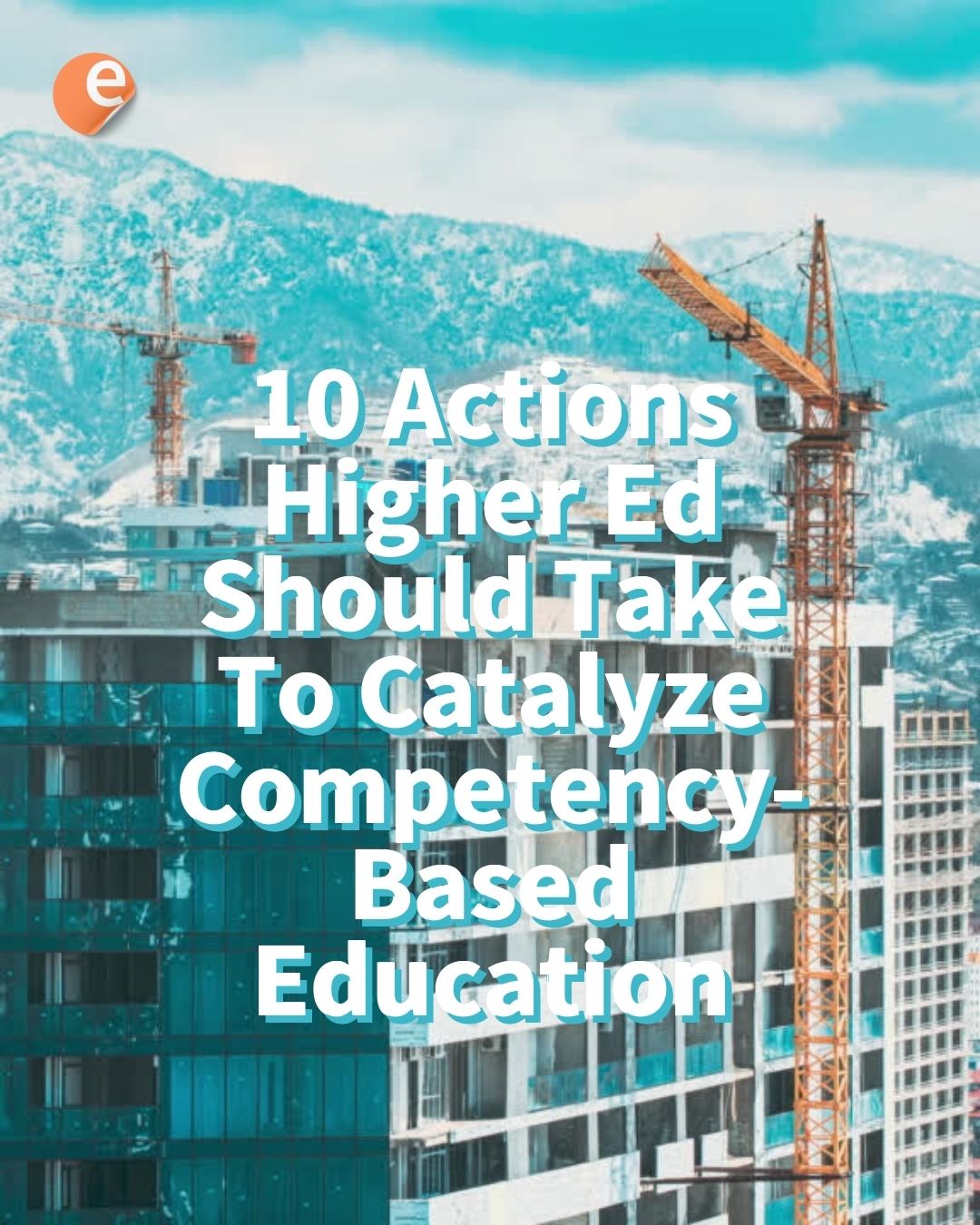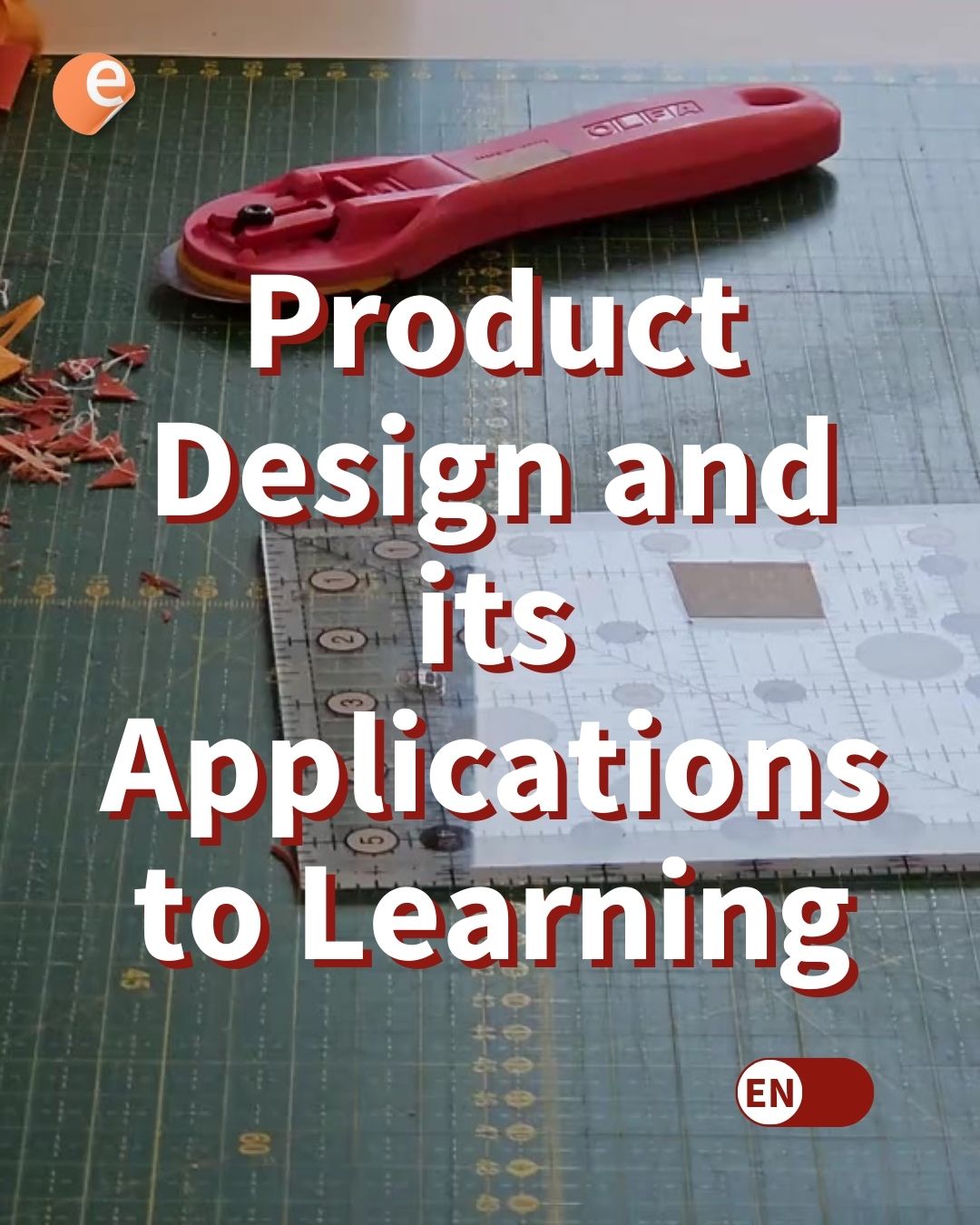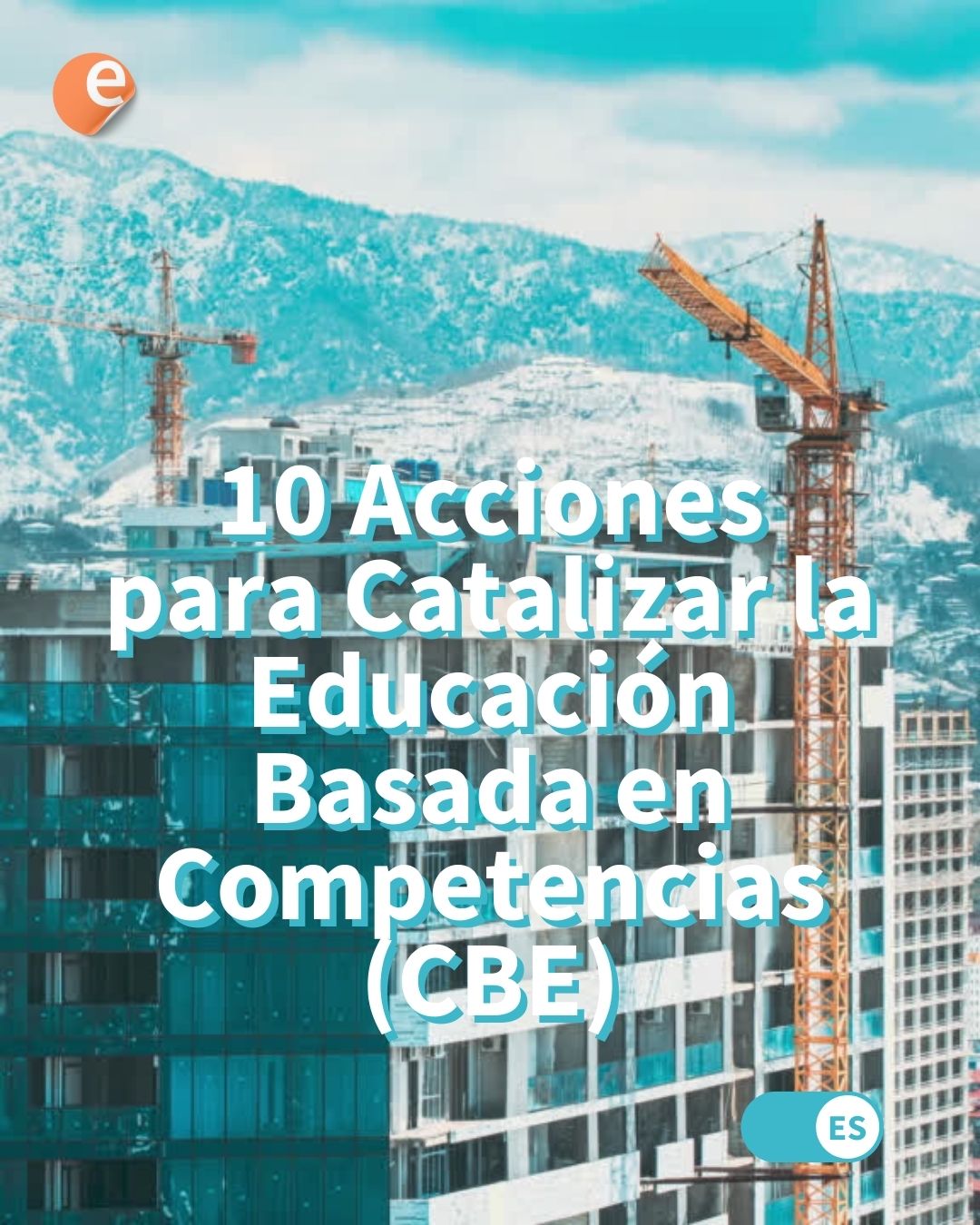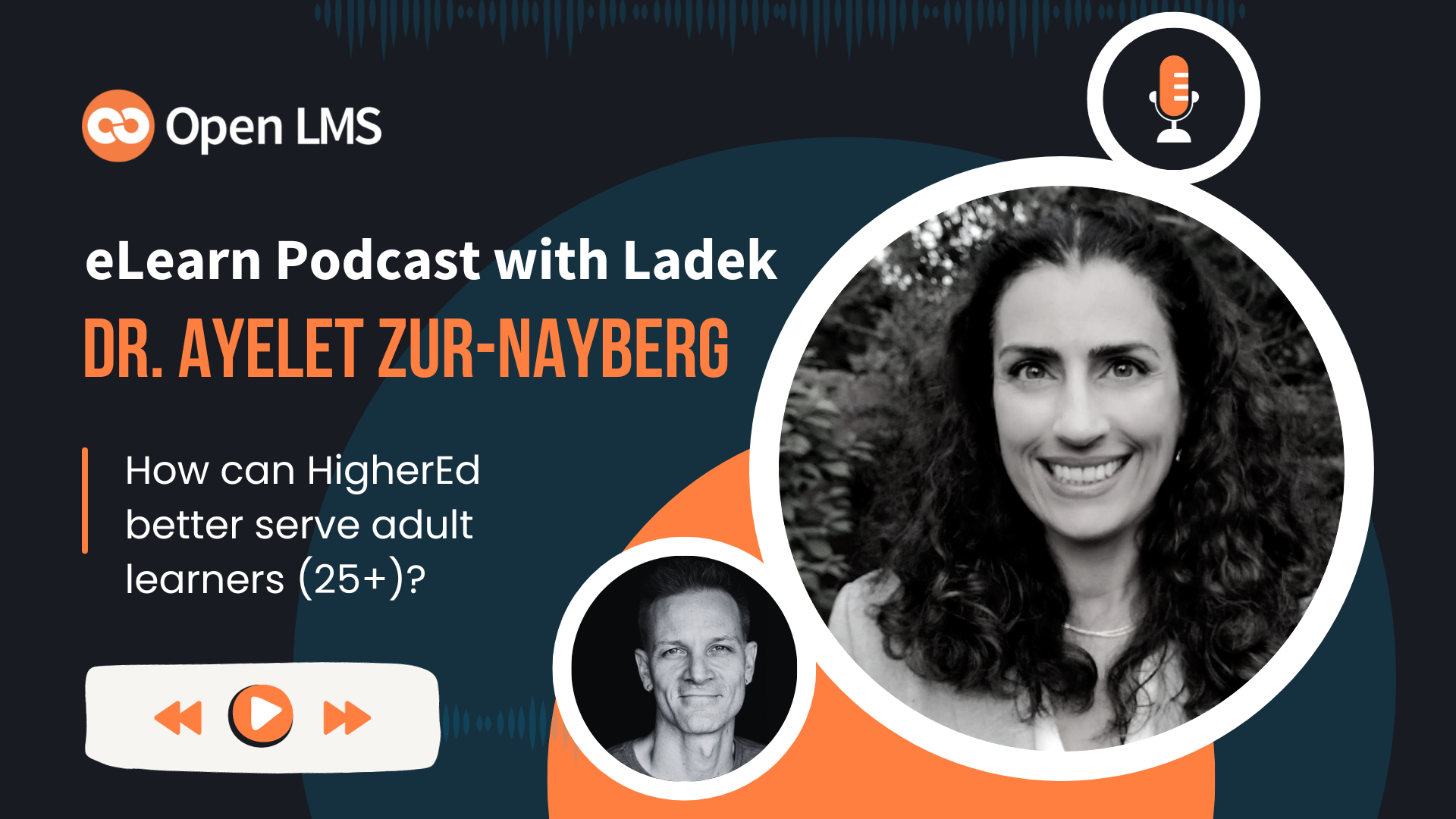Picture this: Your students are starting their classes at your school for the first time. They’re about to sign up to their LMS. They find a plain website with generic images and little to no guidance. After they log in —if they figured out how to display the menu with the option—, a list of courses in no discernible order shows up in front of them. By the time they figure out the codename for the course they were supposed to join, they feel annoyed, disengaged and defeated.
The following guide is designed to prevent and avoid this. With the following tips, you’ll be able to show you care by understanding and anticipating your learners’ needs and behaviors; surprise and delight them in visible and subtle ways; and set a ground footing towards more personalized journey.
So let’s get started!
The following tips are based on Open LMS and Moodle™-based systems. They require admin-level permissions unless otherwise stated. Ask your admin or support staff for guidance on your custom LMS.
№1. Personalize your welcome (and every other) email
In most cases, the LMS welcome email is the first impression before the first impression. So why not hit the ground running? In a classic blog post by LMS extraordinaire Lewis Carr, he waxes about how to make the most of custom text strings in automated emails.
Lewis lists the location and details for:
- Welcome Email Confirmation
- New User Email password generated from CSV Upload
- Password Reset Email
- Password Confirmation Email
- Bounce Back Email
- Change of email message
- Earning a badge Email Subject
- Earning a badge Email Body
№2. Implement cohort-based themes
The ability to create themes that cater to different groups of students based on various criteria is a relatively simple, yet powerful way to create variations of the experience and deliver the perfect one for each student. To accomplish this you need to work on two fronts:
- Create student cohorts. While technically speaking cohorts are use to group students according to their starting enrollment dates, you can use any criteria (or combination) to create them. You can also create cohorts and assign students to them arbitrarily. But you can only add a student to one cohort.
- Activate themes. Install and enable themes on the admin panel. Depending on your system, you may be able to install a free theme, or customize an existing one and upload it.
Then it’s just a matter of assigning a theme to a cohort for users to start enjoying a more personalized experience. Wanna go the extra mile? Let students create their own themes!
Cohorts are a simple way to organize students —and provide a level of personal touch— which for some organizations is not. For better management of the experience for large groups of users, some multitenancy solutions are available, including Open LMS out of the box.
Open LMS Knowledge Base: Creating cohorts and adding users
Open LMS Knowledge Base: Themes and Templates
№3. Implement a (unique) user tour
Delight your students by telling them the story of your LMS. When leveraging the User Tours functionality, you’ll want to make sure of the following principles:
- Keep it simple, light on text and properly sized to balance emphasis and context
- Make it optional. Don’t demand users to complete the whole tour in order to use it, considering that a User Tour may launch from the start to the same user if they log in from a different browser. Ideally you’d include an option to turn it off, and instructions on how to launch it again at a later time.
- Make it visual! Most modern LMS —you guessed it, Open LMS included— lets you add videos and GIFs showcasing possibilities and expected behavior.
On Open LMS and Moodle™-based platforms, you can find, edit, add, disable and remove them on Administration › Site administration › Appearance › User Tours.
Open LMS Knowledge Base: User Tours
№4. Add (yourself on) video
For an increasingly TikTok-infused learning population, this one is straightforward. From 1-minute vertical videos embedded on the homepage of the site or course, to video feedback and even video assignments.
Of course, any video just won’t do when it comes to personalization. In this case, it’s all about the personality broadcast along with the playback:
- As an educator, feel free to talk a bit about the syllabus and expectation. But don’t stay there! Embrace the “why we’re here” conversation by starting from your own personal experience: Why did you became a teacher on this subject, what made you first excited about it, and why you can’t wait to dive deeper into the topics!
- You don’t need to be a video producer, but do embrace an experimental mindset. Play with cuts, transitions, animations, visual and sound effects. Plenty of free apps can help there, even social media apps themselves.
- Last but not least, consider accessibility when working with video, and media in general. Make captions and transcripts available. Consider a player that allows for different speeds. And never allow autoplay.
In most modern LMS, embedding a video is as easy as pasting the link; or enable “code mode” in the editor to paste the html embed.
Open LMS Knowledge Base: YouTube Repository
№5. ‘Chunkify’ and ‘Proximisize’ your feedback
Personalization doesn’t just (or necessarily) mean that content and elements reflect a user’s preferences. Sometimes, it’s all about timing.
- There’s no learning more relevant than the one you’re about to need. Instead of giving your student feedback (exclusively) right after an assessment, provide it right before the next one.
- I’m sure we’d all wish for feedback to be unique for each individual. If this is just unfeasible, the next best thing is “structured feedback,” a feature available in Open LMS and Moodle™-based platforms via plugin, that lets you create a number of feedback scenarios and provide the most appropriate one to each learner according to their specific performance.
- And of course, a new era of specific feedback might just be upon us with AI assistants the likes of ChatGPT. It’s not far fetched to think about a tool that feeds your assignment into the assistant to obtain high-quality feedback at a moment’s notice, available soon—hopefully while it’s still free!
№6. Allow for desire paths
This is a fun one. Replicate the “desire path” phenomenon, most commonly studied by urbanists when designing and locating facilities, particularly roads and pathways.
- First, give your users as many options, menus, items and links in your interface. Don’t be afraid of a “clunky-looking” UI for now.
- Very importantly, keep track of all these paths created —HTML IDs is probably ideal—, and make sure you register clicking and navigation behavior with a tool like Google Analytics.
- Over time, analyze the most common and popular pathways, as well as those deemed “dependable.”
- Feel free to eliminate paths nobody uses, while making sure users count on the ones they love and the experience is increasingly efficient for everyone.
№7. Make support one click away (and be responsive)
The bottom-right help icon is part and parcel of the modern web experience. Simple widgets, down to fully implemented CRMs, can make expert help accessible one click away. Depending on your scale (or the type of LMS support you purchase), agents can be ready on the line, or you can submit a ticket or set up a time to discuss.
№8. Regularly update learners and celebrate achievements
The good old newsletter may not enjoy the favor of everyone, but a regular, well-crafted message to your learning community is a good way to keep the communal spirit up. Many among them (quite possibly a majority) may never open it, but it can still do a lot of good for those who do, or those featured in them.
Here are some ideas of things to talk about in your digest:
- General announcements, upcoming important days. Acknowledge their efforts in periods like midterms and finals, and celebrate collective successes.
- Inform and prepare your community for system updates, such as a new version release, maintenance downtime (if your LMS still needs it)
- Interesting developments and news, both local and global.
- Acknowledgment of people doing good things or worth praising.
BONUS: Keep exploring your system and experiment with new ways to engage
Engagement is a journey, not a destination. Yes, the cliché phrase applies here with vengeance. Students, especially young and teens, are prime victims of “engagement fatigue,” which describes the situation in which a fun or interesting way to keep engagement high eventually starts working the way it used to.
This is not an invitation to turn your LMS into a clown car. Do not feel compelled to always think of a new “gimmick” to trick your students into paying attention. The key word here is “authenticity.” If your students can tell that you care, most everything else will fall into place.








